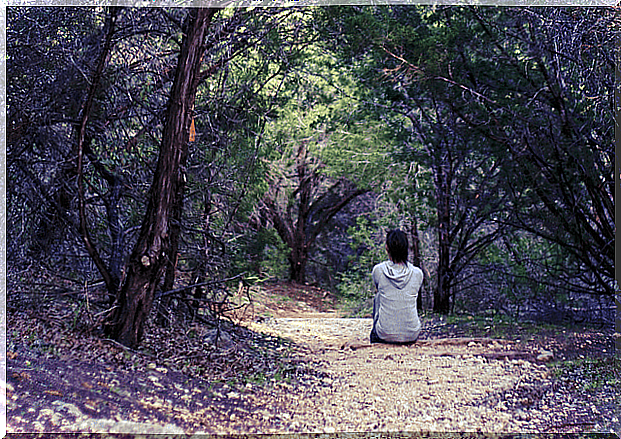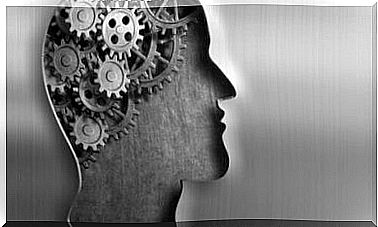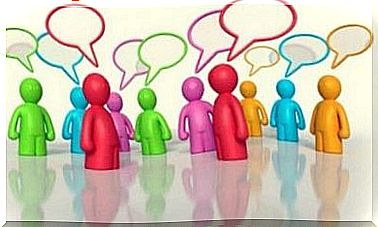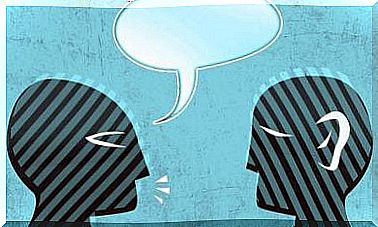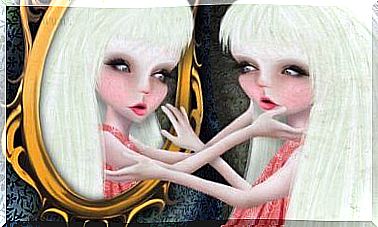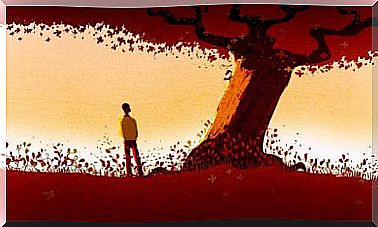The Different Types Of Introverted Behavior

What defines introverted behavior goes far beyond the attitudes that a person adopts in socialization. The 10-item introversion-extroversion test on Susan Cain’s site, The Quiet Revolution, demonstrates this. N ll take conscien this, by examining the dimensions of introversion in the description of the test , the definition of introversion has fortunately been updated.
Research on introversion has for years moved beyond the differentiation based on “ I like to be alone / I like to be with people ”. Introverted behavior can indeed have as many nuances, if not more, than extroverted behavior.
Some introverts may indeed have socialization preferences that are generally not available, causing them to prefer to stay at home.
They can enjoy the company s other s, but in a different way than extroverts. Most importantly, their preference for certain activities may vary over time, just like what happens with other people.

Introverted behavior and its different forms
Carl Gustav Jung uncovered the introvert / extrovert distinction in the 1920s . However, it was not until the 1940s that it began to be used more often in psychology.
It was at this time that research specific to the field of personality began to develop. Jung also identified a third personality type, without ever categorizing it.
Today, we speak of an ambivert character. This is a person who has a personality halfway between introversion and extroversion . Ambiverts are in many ways the best of these two personality types. They are therefore able to harness the strengths of introverts and extroverts depending on the circumstances.
Researchers, such as Jonathan Cheek and Jennifer Grimes, have identified different types of introverts. The first type is the one that will seem most familiar to us: social introverts.
1. Social introverts
This is the profile that most closely resembles the general view of introversion. It refers to individuals who enjoy reading at home more than shopping.
A social introvert highly appreciates its space vital and its relationship closest, preferring to go out drinking with his old friends rather than going to a big festival.
Even though introverts are sometimes confused with shy people, there is one key difference. While shy experience anxiety when they are – or can be – the center of attention, social introverts feel better in groups more restricted where the level of stimulation and change may not be as important .
2. Introspective introverts
Another type identified by Cheek and Grimes is what they call “introspective introverts.” This dimension places emphasis or attention on a more internal element or composition. Unlike social introverts, introspective introverts have no problem socializing.
This type of introversion is characterized by a large inner world. Introverts of this type are thus able to lose themselves in fantastic horizons and take advantage of their imagination to translate it into creative professions.
Professor Cheek said these introverts are “ able to get lost in an internal fantasy world, not neurotically, but rather imaginatively and creatively ”.
An example that Cheek gives is Luna Lovegood, a witch from the Harry Potter saga. Her inner madness, which makes her mysterious as much as deranged, is what would perfectly define an introspective introvert.

3. The Different Forms of Introverted Behavior: Restricted Introverts
The third type of introvert that Jonathan Cheek categorized is more defined by a style of doing than of thinking. These are the “narrow introverts,” who increase their actions or execution at a slower rate.
Restricted or reserved introverts prefer to think before they speak or act. They may therefore take longer to get into action. Professor Cheek said, “ I’ve never thought of introversion this way before, so I’m interested to see what future research will teach us about restricted introversion and how it correlates with others. types. “
Restricted introverts take their time before doing anything. They plan everything they will do during the day and like to keep things under control. However, unlike anxious introverts (see next point), they do not feel insecure. They are simply people who analyze the world and put aside their impulsiveness.
4. Anxious introverts or social anxiety?
Professor Cheek refers to another type of introvert: the anxious introvert. Introverts of this type respond to items with statements such as, ” I feel very embarrassed when I am with strangers ” or ” Even when I am in a group of friends, I feel very lonely and restless . “
Faced with a profile that may seem similar, we speak on certain occasions of introversion. And on other occasions, social anxiety.
Final thoughts on introverted behavior
Introverts are people who enjoy solitude and often have active inner lives. They have a more deliberate approach to personal growth. On the other hand, overly stimulating environments exhaust them.
The different components could be more or less important in different people. However, they are generally all very similar on these points.
What’s surprising about the different varieties or components of introversion is that they can all be very rewarding. Extroverts have indeed always tended to benefit from the assumption that their lifestyle is psychologically healthy.
Researchers like Cain and Dembling show us through their research just how varied and adaptive introverted behavior can be.
